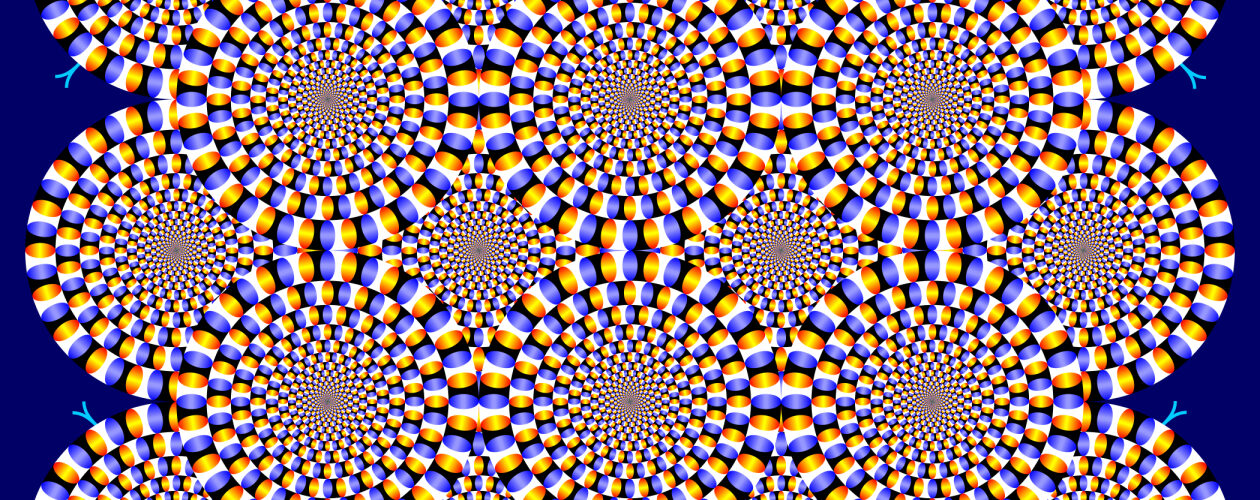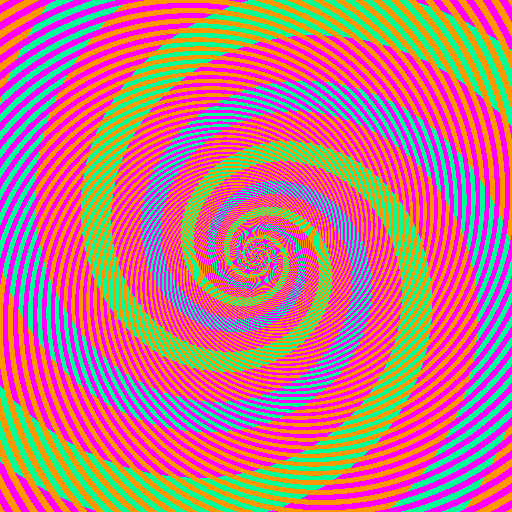Glasgow Science Festival Event ‘Vision, Perception & Illusion’

Are we just living in the Matrix? How can you be sure everything you perceive isn’t just a hallucination? Are you actually reading this sentence or merely think you are reading it?
In the 2 hour session, Prof Fiona Macpherson and Sir Colin Blakemore gave the audience an overview of vision, perception, and how illusions can help us understand the inner workings of the mind. Fiona started off by explaining the role that philosophy has to play in the modern world. Some questions are just too difficult to study empirically at the moment, or sometimes it’s hard to know how to frame your question, which is why it is valuable for philosophy and psychology to work together. One useful technique for both of these disciplines is to study illusions and hallucinations. Studying the effects of when perception goes wrong can give us clues into the mechanisms that the brain uses to generate a representation of the world around us. What is the difference between illusion and hallucination? In an illusion, you misperceive a property of an object, for example, a green object is seen as being red. In a hallucination, there is no object in the world, but you perceive one. Here, an interesting philosophical question arises: if you are aware of an object that does not actually exist, then where is it? If it’s in the mind, then where is the mind? Some would argue that the mind is the brain and thus perception, whether illusory or not, has a physical basis. Others on the other hand think that the mind cannot be a physical thing, and regardless of whether an object exists in the world, the act of awareness is in itself non-physical. If you put it that way, how would you ever know that you are not just hallucinating? Can we trust our own thoughts and perceptions?
The audience was left to ponder these questions, as Fiona showed us some fantastic visual and auditory illusions. These included the Zollner illusion where the parallel lines appear to not be parallel; a fascinating colour illusion, where the same shade of green is perceived as either green or blue in different parts of the image; the Risset Rhythm where you perceive an ever increasing pace of rhythm; and the McGurk effect (for which theGIST has a wonderful video here).

The “blue” and “green” are actually the same colour! Image credit A.Kitaoka 2003
The first half of the evening ended with the Waterfall illusion, which is also known as the Motion After-Effect. In this illusion, you view motion in a particular direction for a period of time, for example, looking at a waterfall. When you divert your gaze to a stationary object, it appears to move in the opposite direction. Paradoxically, some people report seeing this illusory motion without a change in position! Is this possible? Can the brain really send out such conflicting signals?
To help us understand how vision actually works, Sir Colin Blakemore gave a quick lecture on the visual system in the second part of the evening. Colin argued that the amount of information reaching the brain is only a fraction of what’s out there, and in fact, sometimes we fail to notice very dramatic changes, for example, see Richard Wiseman’s colour changing card trick. The task of the visual system is to infer the nature of the world via signals from the retina. However, not everything we perceive is caused by direct visual input. For example, blind people can still have visual imagery. Expectations about the world around us are also important. We are more likely to notice something if we are expecting it. Another aspect of vision is that our eyes involuntarily move around (very slightly) about 3 times a second. Moving our eyes is useful because high resolution vision is only possible in the foveal region of the retina, that is, in the centre of the visual field. So in order to perceive the world as coherent and high resolution all over, our eyes need to move and the brain has to reconstruct the image into a full percept. If everything you perceive is just a reconstruction from limited information, then perhaps illusions and hallucinations aren’t such strange phenomena after all!











